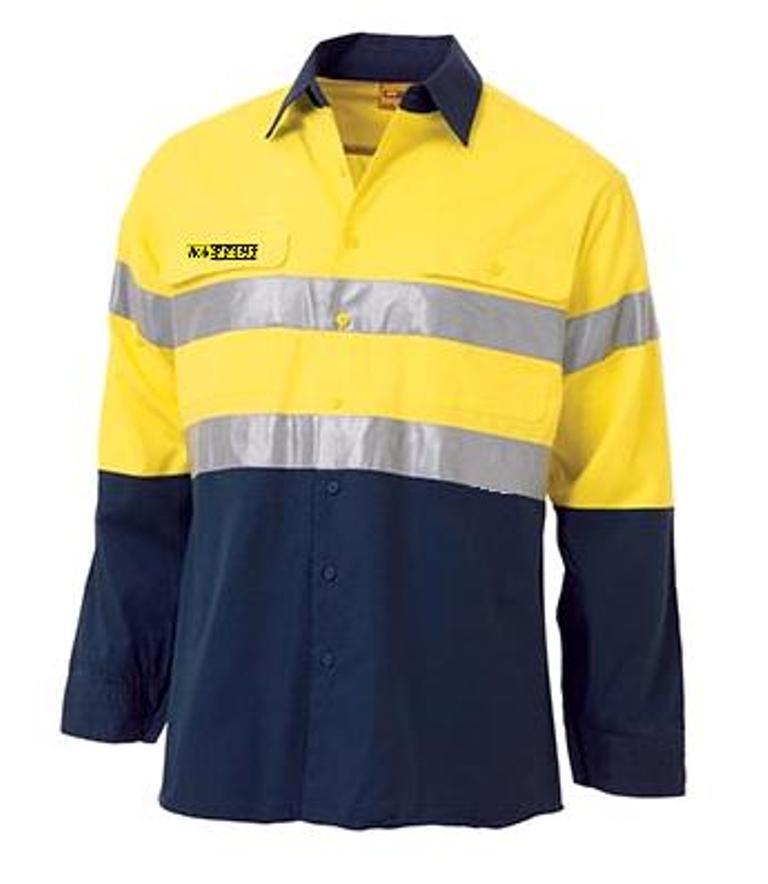It is critical that you wear the correct PPE is used on all job sites to ensure protection from all Occupational Health and Safety risks within the workplace.
Essential equipment include the following but are not limited to ;
– High Visibility Clothing
– Gloves
– Safety Helmets
– Eye protection
– Safety Harnesses
– Safety Footwear
– Respiratory equipment
As well as all of the safety equipment required for a particular job on site – it is important to follow and adhere to site instructions, rules and procedures.
When Using Your PPE:
Always make sure that the PPE you use fits you well, and if you are using more than one piece of equipment, make sure they can actually be used together. For example, wearing safety glasses may disturb the seal of a respirator which can damage the glasses and cause air leaks
If you are not sure how to use any items of PPE, please ask your employer or the Health and Safety Officer. Always wear the correct PPE, even if the job takes a few minutes
Looking After Your PPE When Not Being Used:
If the equipment is able to be re-used, keep it clean and in good condition, storing in a dry clean cupboard is a good option.
Types of PPE You Can Use for Occupational Health and Safety:
Eyes Hazards: – Chemical or metal splash, dust, projectiles, gas and radiation
Tips: Using Safety Spectacles, Goggles, Face Screens and Shields and Visors. Do ensure the eye protection that you use has the correct combinati on of impact/dust/splash/molten metal eye protection for the task and fits you properly.
on of impact/dust/splash/molten metal eye protection for the task and fits you properly.
Hazards with Head and Neck:
Impact from moving or falling objects, risk of head bumping.

Tips – Using Safety helmets, bump caps. Some safety helmets are fitted with specially designed eye or hearing protection. Scarves can also be used to protect your neck during welding
Hazards with Ears:
Noise – This includes a combination of sound level duration of exposure and very high – level sounds are a hazard even if it is for a very short time period
Tips – Make sure that you choose protectors that are a hazard even with short duration. Earplugs, earmuffs, semi-insert/canal caps
Hazards with Hands and Arms:
Prolonged Immersion in Water, Abrasions, high temperatures, cuts and punctures, electric shocks
Tips – Sleeving that covers part or all of the arm, use gloves which don’t have a cuff that can caught up in machines, also some of the materials are quickly penetrated by chemicals, do not use protective lotions and creams instead of PPE . In very hot weather when you are wearing gloves, it would be useful to wear separate cotton inner gloves to help with skin problems from sweaty skin caused by heating.
Legs and Feet:
Hazards with Legs and Feet: Temperamental weather conditions, hot and cold, cuts and punctures, heavy loads, vehicles.
Tips: Safety boots and shoes with protective toecaps. A lot of footwear can have a variety of sole patterns and materials to help prevent slips which also include oil or chemical resistant soles, thermally insulating, anti-static, electrically conductive.
All Force Labour Solutions is Perth’s leading Civil and Construction labour hire company promotes safety at work as it’s number one priority – if you are looking for work or seeking workers for a project or casual work, please check out our website www.allforcelaboursolutions.com.au
- How to Deal With Workplace Bullying - January 8, 2016
- Quick Tips to Make Your Linkedin Profile Appealing to Potential Employers - January 8, 2016
- Development of World Class Perth New Museum - January 3, 2016

